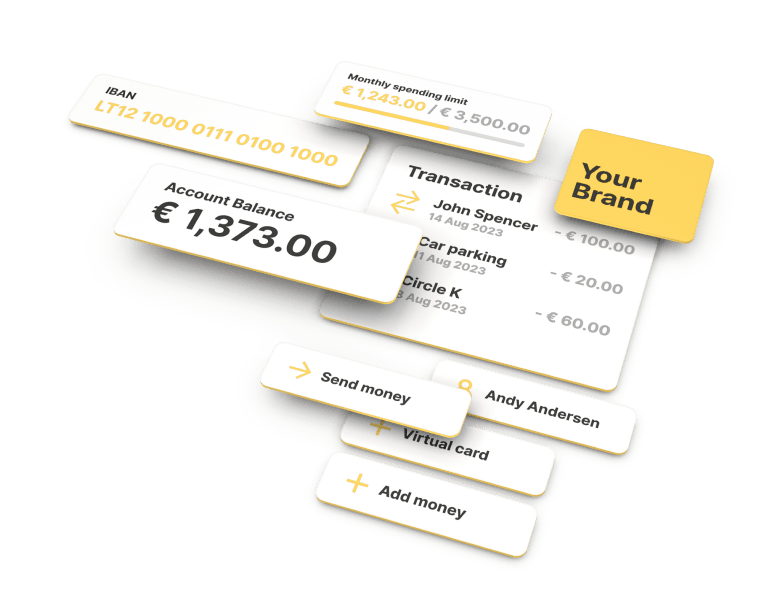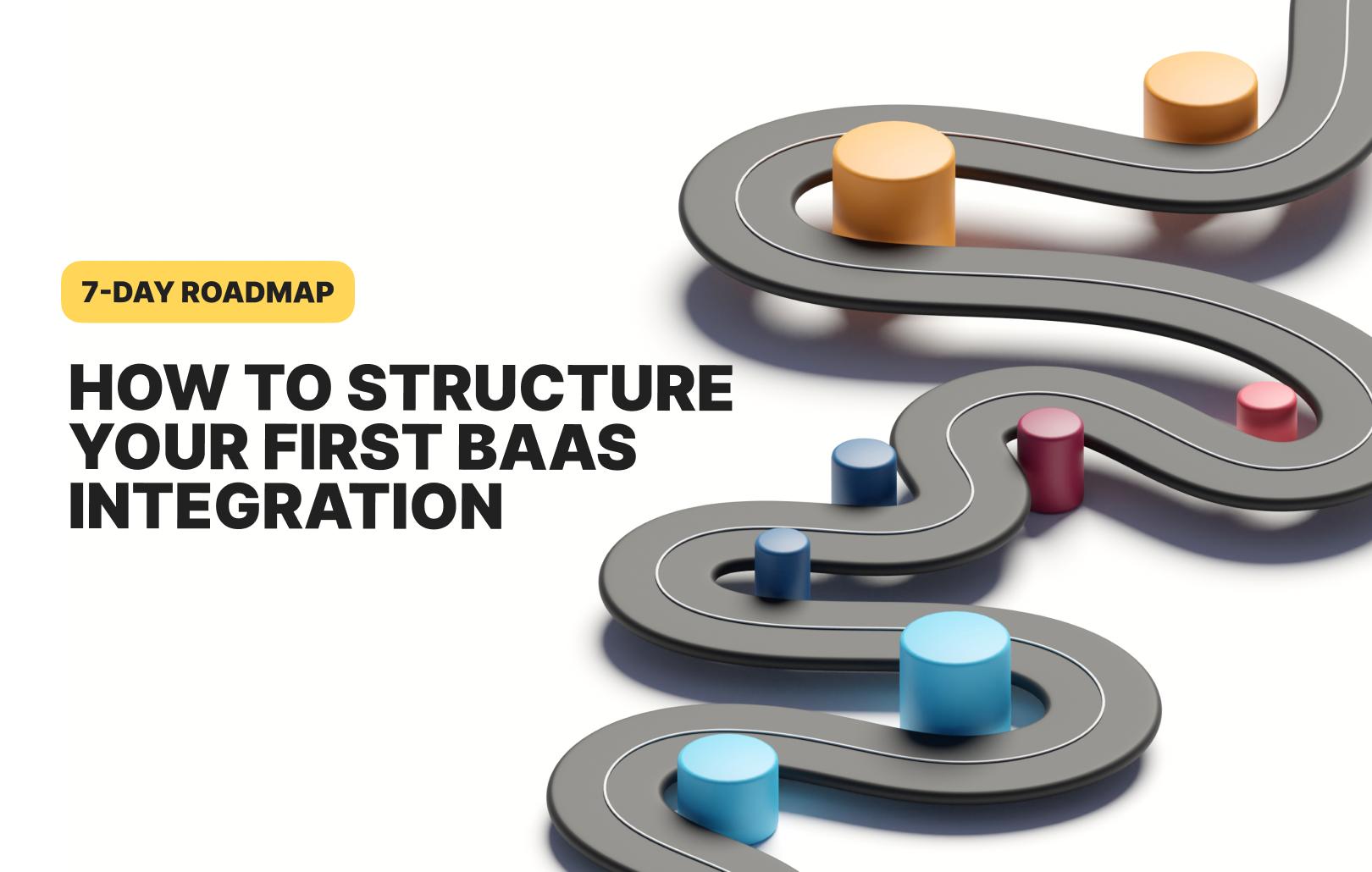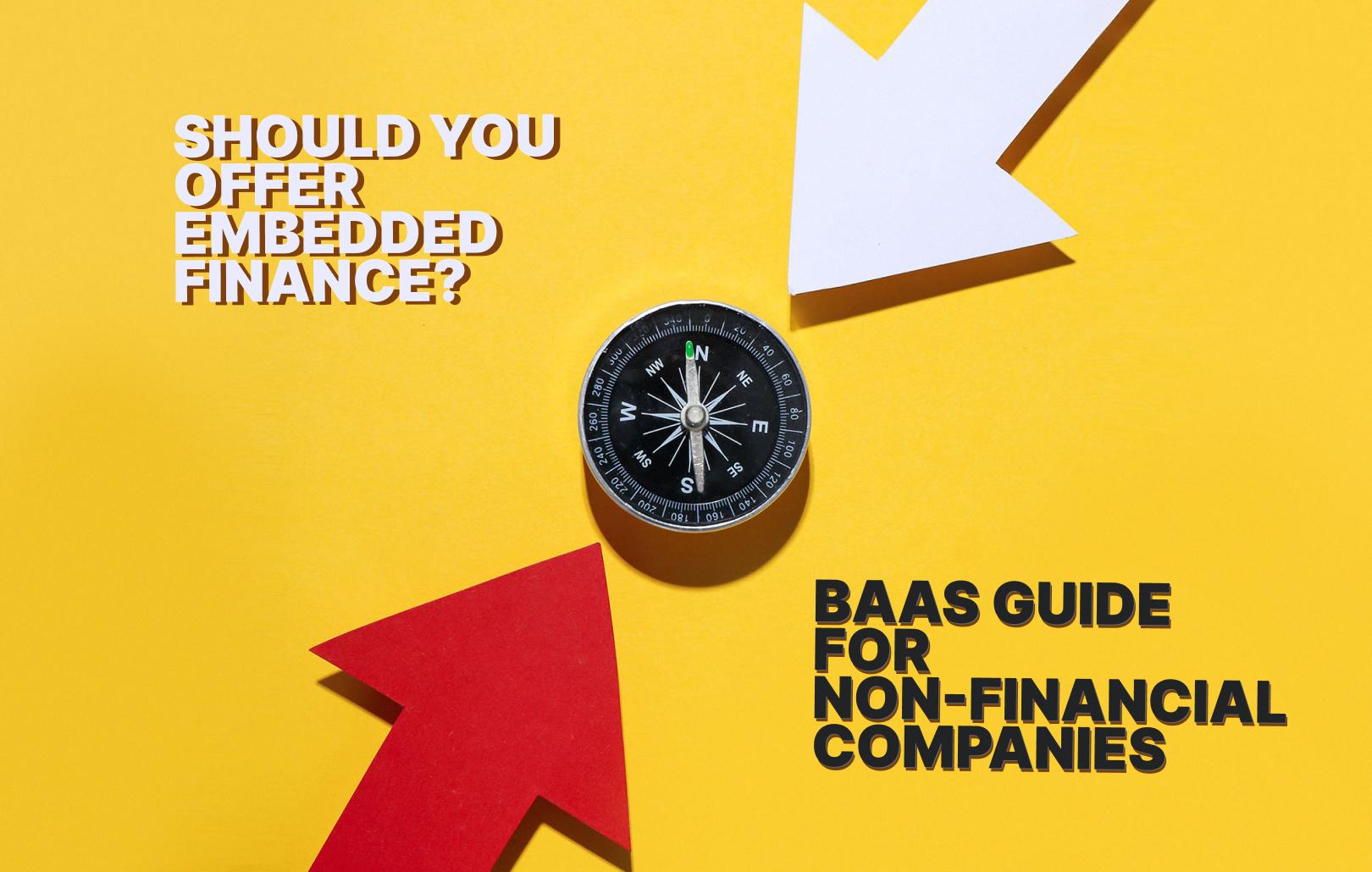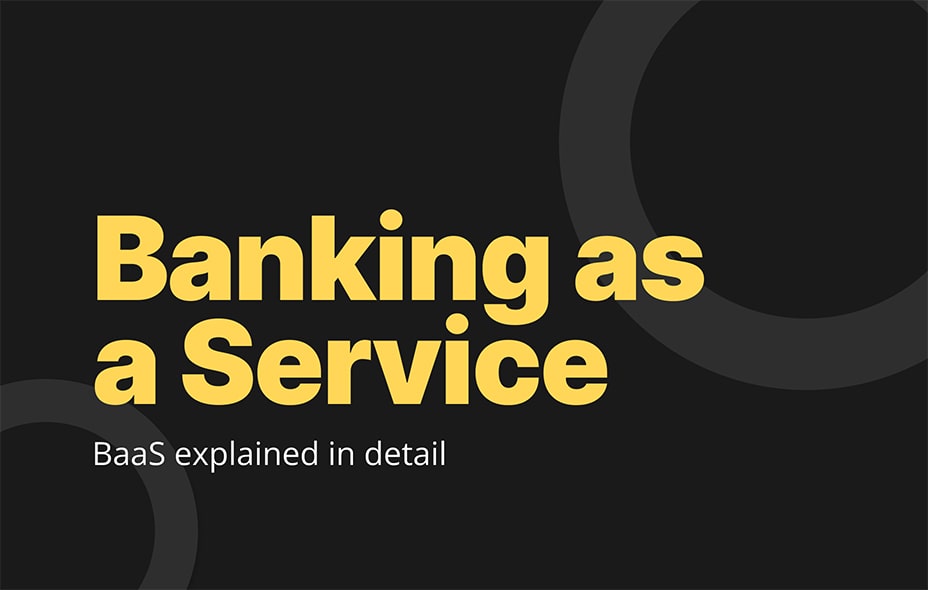Overview of Business Models of Leading BaaS Providers
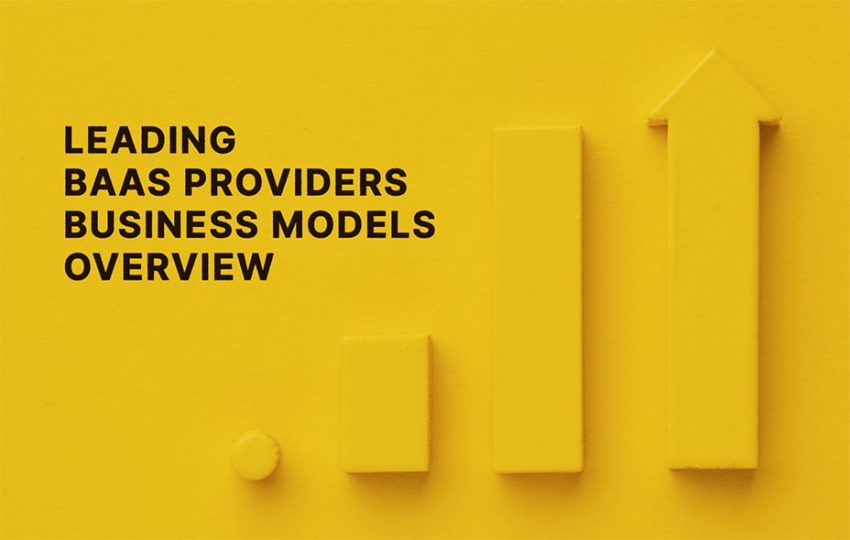
Leading BaaS Providers and Their Business Models
In today’s dynamic financial landscape, the term BaaS (Banking-as-a-Service) has become a focal point of discussion. Its ubiquitous presence is particularly evident at fintech conferences, with experts increasingly delving into its intricacies. Esteemed platforms like thefinancialbrand.com, fintechmagazine.com, thefintechtimes.com, and fintechfutures.com consistently dedicate segments of their content to explore the nuances of White Label digital banking.
White Label banking is set to grow by around 15-16% yearly up to 2030, bringing big opportunities for embedded finance and fintech growth. As per McKinsey, the reachable market for BaaS in the European Economic Area and the United Kingdom comprises two main elements and is projected to reach EUR 90-105 billion by 2030.
As we delve into our comprehensive guide to the leading BaaS providers on a global scale in 2023, we’ll navigate through the core aspects of this phenomenon.
BaaS Trends: Approaches and Strategies of Key Players
In the United Kingdom and Europe, incumbent banks are progressively recognizing the boundless potential of Banking-as-a-Service (BaaS) and are unveiling their own solutions within this realm through an array of strategic avenues. In the ever-evolving landscape of White Label digital banking, trends are shaping how incumbent banks approach this dynamic sector. Over the past five years, three predominant approaches have emerged, each reflecting a unique strategy for integration:
- Buying or acquiring successful BaaS providers. The strategy of acquiring and integrating existing BaaS entities is the most common. This approach allows banks to expedite their BaaS journey by bringing established players into their fold. Societe Generale’s acquisition of Treezor in 2019; KeyBank’s acquisition of XUP Payments in 2021; Chetwood’s core banking provider acquisition of Yobota, and Raisin Bank’s takeover of the payments division of Bankhaus August Lenz (BAL) in 2022 exemplify how banks are strategically integrating White-label banking functionalities through mergers and acquisitions.
- Partnership. Collaboration through investment and partnerships has also emerged as a key trend in the White Label digital banking landscape. By teaming up with fintech companies and startups, incumbent banks are capitalizing on external expertise and innovation. BBVA’s partnership with Solaris in 2020; SEB’s collaboration with Thought Machine in 2021; Investec’s strategic alliance with Monese, HSBC Ventures’ $35 million investment in Monese in 2022, and NatWest’s strategic partnership with the Vodeno Group for creating a Banking-as-a-Service business underscore how banks are pooling resources and knowledge to enhance their BaaS offerings.
- Investments in in-house BaaS. Incumbent banks have been creating a future-ready BaaS presence by building digital subsidiaries and innovation labs. Notable instances include Standard Chartered’s investment in Standard Chartered nexus in 2020, Goldman Sachs’ establishment of Goldman Sachs TxB, and Unionbank’s foray into UBX (i2i) in 2021. SEB’s venture into SEB Embedded in 2022 further highlights this approach, demonstrating how banks are leveraging their resources to develop in-house BaaS capabilities.
Through the adoption of these multifaceted strategies, incumbent banks are steadfastly pursuing the goal of sustaining their competitive edge within an increasingly alluring and rapidly evolving market landscape
Satchel.eu has successfully executed over 25 BaaS and White Label card / Cards as a Service projects. For more details, please follow this link.
